When I measure a stranded copper wire or see a resistance spec from mfg it is about 25% higher than what is listed in the tables I see online for solid copper wire. About 1 AWG difference. ex: 10 AWG stranded resistance is closer to that of 11 AWG solid; 18 AWG stranded is closer to that of 19 AWG solid.
Would expect a slight difference, maybe a percent or two, perhaps due to the helix of the strands. But 25%. Where is that huge difference coming from?
I realize there is the packing air gap between the round strands. But AWG is based on the cross sectional area of the conductors (the copper). Is it not? So the gap should not play a roll in DC resistance. Should it?
For instance. Looking at the resistance spec of a 10 AWG copper wire with 413 strands of 36 AWG, the mfg spec is 0.00424 ohms per meter. In the online tables I see 0.003277 ohms per meter for 10 AWG solid copper wire. 413 strands of 36 AWG by my calculation is about 2 strands shy of 10 AWG solid wire cross sectional area. About maybe 0.5%. But the resistance spec is about 25% more than what is found in the online tables for 10 AWG solid wire; falling more in line with 11 AWG solid wire instead.
What is the source of this large discrepancy in DC resistance between same AWG solid and stranded copper wire? I see this large difference both in published mfg specs and what I measure.
This is all copper. No CCA.
